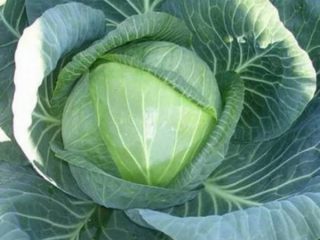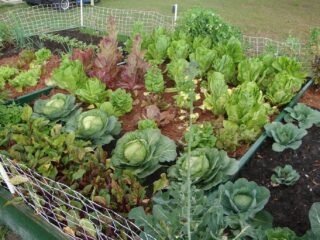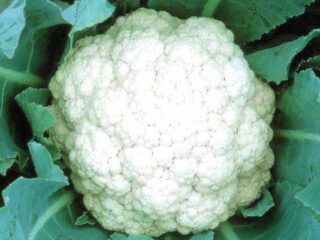Content
Diseases of cabbage seedlings often develop due to improper care. The spread of fungal and bacterial infections is facilitated by high humidity and lack of ventilation. Another factor is contamination through the soil. Therefore, it is recommended to disinfect the soil, as well as the seeds, before planting. A description of the main diseases with signs and treatment methods is presented in the article.
Description and treatment of diseases of cabbage seedlings
Seedlings can suffer from various diseases, most of which are infectious in nature. To prevent seedlings from becoming infected from each other, it is recommended to inspect the seedlings daily and, if necessary, immediately treat or remove the affected plant. The main pathologies, external signs and treatment methods are described below.
Kila
Clubroot is a very dangerous disease of cabbage seedlings, which is infectious in nature. The causative agent is fungi that spread through soil and weeds from the same family (cruciferous). It is dangerous when growing seedlings both at home and in greenhouses.
Main signs of damage:
- growths appear on the roots;
- leaves turn yellow and wither;
- developmental delay.
Clubroot is an incurable disease of cabbage seedlings - there is not a single drug that would give a satisfactory result. Therefore, the affected seedlings are thrown away, and the soil is disinfected with a solution of potassium permanganate 1 g per 1 liter.
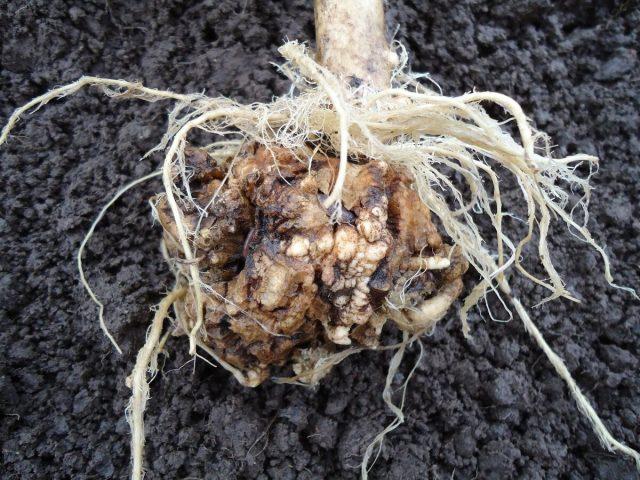
Cabbage root affected by clubroot
As a preventative measure, the following measures should be observed:
- treat leaves with Fitosporin;
- treat the soil in “Fundazol” before sowing the seeds;
- soak the seeds in the preparation “Prestige” or “Tiovit Jet”.
Therefore, it is necessary to monitor the rate of watering the seedlings, and if the soil is acidic, first add a pinch of wood ash or dolomite flour to it.
Blackleg
This is a disease of cabbage seedlings that also affects other cruciferous plants (radish, radish). It is associated with several different types of microscopic fungi that spread through the root system. Pathogens live in the soil, penetrate through seeds and unharvested plant debris. Like many other infections, this seedling disease develops quickly in conditions of high humidity and heat.
Main symptoms of the disease:
- blackening of the root collar;
- leaves become limp;
- the tips of the leaf blades turn yellow;
- plants lag behind in development, they can recover overnight, but then wither again.
Blackleg is incurable, so the affected seedlings are removed along with a lump of earth around the root and thrown away. Then the soil is watered with potassium permanganate and bacterial fertilizer is applied.
Cabbage mosaic
This is an infectious viral disease of cabbage seedlings, which also cannot be treated. The main features are:
- the appearance of a dark green stripe next to the veins;
- mosaic coloring with yellow splashes;
- the upper foliage is most often affected;
- deformation of sheet plates;
- developmental delay.
This pathology is observed during periods of severe drought, when there is clearly not enough water. Therefore, it is necessary to monitor watering, temperature and lighting levels. But since the seedlings cannot be cured, all that remains is to throw them away and disinfect the soil.
Downy mildew
This seedling disease is also called downy mildew. It is a fungal infection that affects both seedlings and adult seedlings. The main signs are:
- foliage is pale yellow;
- spots with blurry edges form on it;
- a white coating is noticeable on the surface (the layer is small and loose);
- plants begin to rot and die.
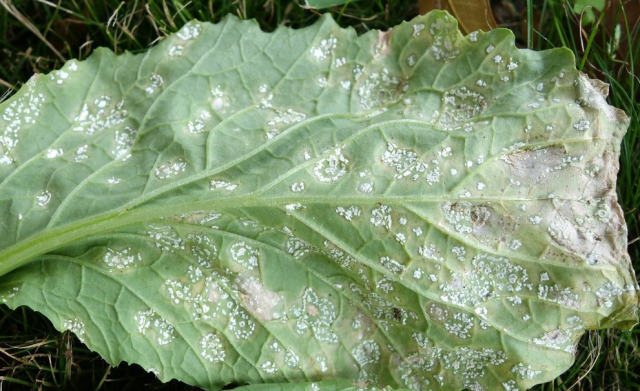
Cabbage leaf affected by downy mildew
For treatment, seedlings are isolated and treated with fungicides:
- Bordeaux mixture;
- "HOM";
- "Abiga Peak";
- "Ridomil Gold";
- "Quadris".
It is also necessary to reduce the humidity level, reduce watering and regularly remove the film for ventilation.
Vascular bacteriosis
This is a bacterial infection that leads to the development of a dangerous disease in cabbage seedlings. It develops especially quickly when there is excess moisture and too high a temperature. Can affect all plant varieties.
Main features:
- cabbage leaves turn yellow at the edges;
- then they become covered with yellow spots in the middle;
- the veins become dark;
- When cut, the stems (and stalks in adult plants) darken.
For treatment, antibiotics are used, for example, Kazumin or Metronidazole. These products are quite effective, but they also destroy beneficial soil microflora. Therefore, after spraying it is necessary to apply bacterial fertilizer.
Fusarium wilt
This seedling disease is also called jaundice or simply fusarium. It is infectious in nature and is caused by pathogenic fungi. It affects seedlings of cabbage, cauliflower, broccoli and other varieties.
The main symptom is yellowing of the foliage. If you cut the petiole, brown rings are visible on it. For treatment, all affected seedlings are isolated and sprayed with 1-2 fungicides:
- "Tattu";
- "Skor";
- "Fundazol";
- "Maksim".
Preventive measures
Treating diseases of cabbage seedlings is not always easy, and some of them cannot be eliminated. Therefore, it is recommended to follow certain preventive measures that will help keep the seedlings healthy and get a good harvest. First of all, you should use cabbage varieties and hybrids that are resistant to diseases and pests:
- Bronco F1;
- Ditmarscher;
- Yamori F1;
- Kilastor F1;
- Atria F1;
- Dobrovodskaya;
- Present;
- Krautman F1;
- Megaton F1;
- Merchant's wife;
- Aggressor F1;
- Mara;
- Amager 611;
- Kolobok F1 and others.
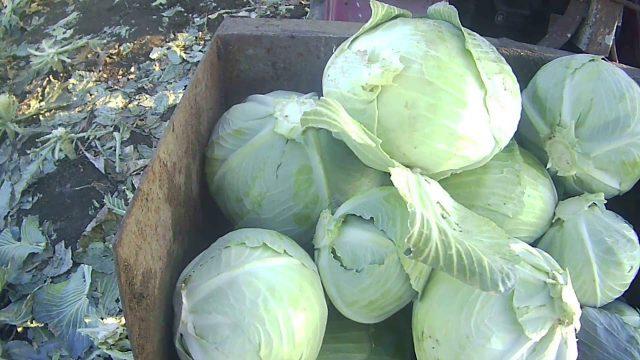
Dobrovodskaya is one of the many varieties of cabbage that is resistant to diseases.
It is also recommended to follow other rules to prevent seedling diseases:
- Treat the seeds before planting with a solution of potassium permanganate 1 g per 1 liter or a fungicide (according to the instructions).
- Treat the soil with a similar composition and rinse the containers. After disinfection, it is recommended to apply a bacterial fertilizer, for example, Rizotorfin.
- Avoid planting seedlings too densely; if necessary, thin out the seedlings, leaving 5 cm between them, and then plant them in separate containers.
- In the fall, remove all plant debris and burn it or throw it away from the site.They should not be used as mulch or in compost bins.
- When growing in a greenhouse in the fall, treat surfaces with potassium permanganate or fungicide.
- Monitor watering, avoiding waterlogging of the soil. At the first stage of cultivation, regularly remove the film for ventilation. After the mass emergence of seedlings, remove it and continue to monitor the uniform moisture of the soil.
Conclusion
Diseases of cabbage seedlings develop quite quickly, since seedlings are grown in high humidity conditions. To prevent infection, it is necessary to treat the seeds and soil, and also monitor the watering level. When growing, you should choose varieties and hybrids with good immunity. For prevention, even healthy seedlings after transplanting into the ground are recommended to be treated with a fungicide.



